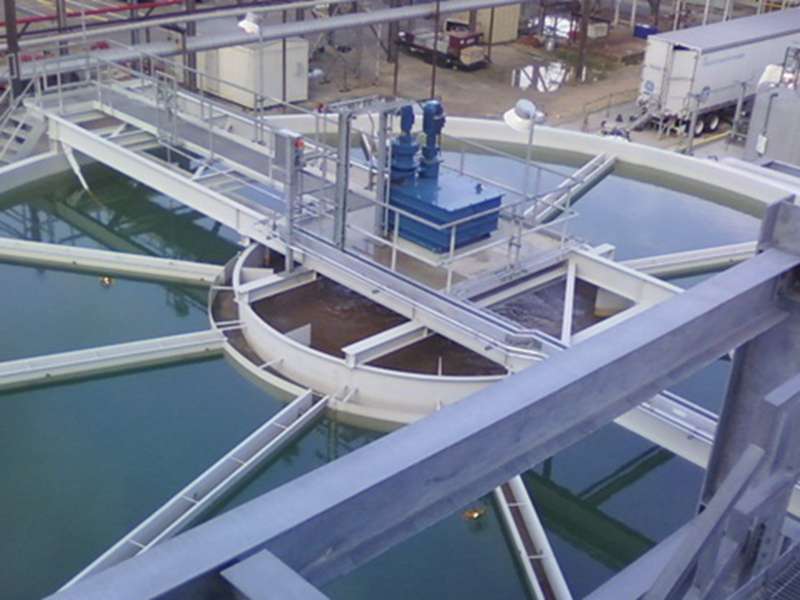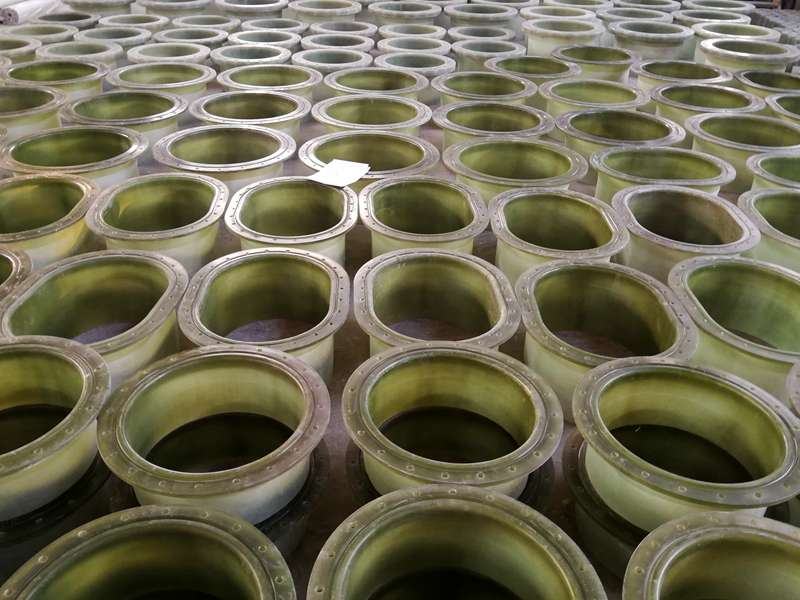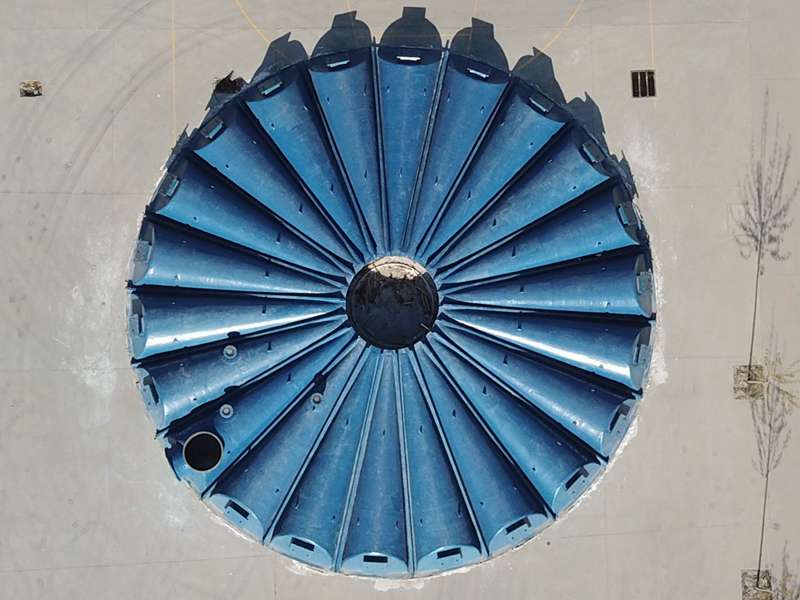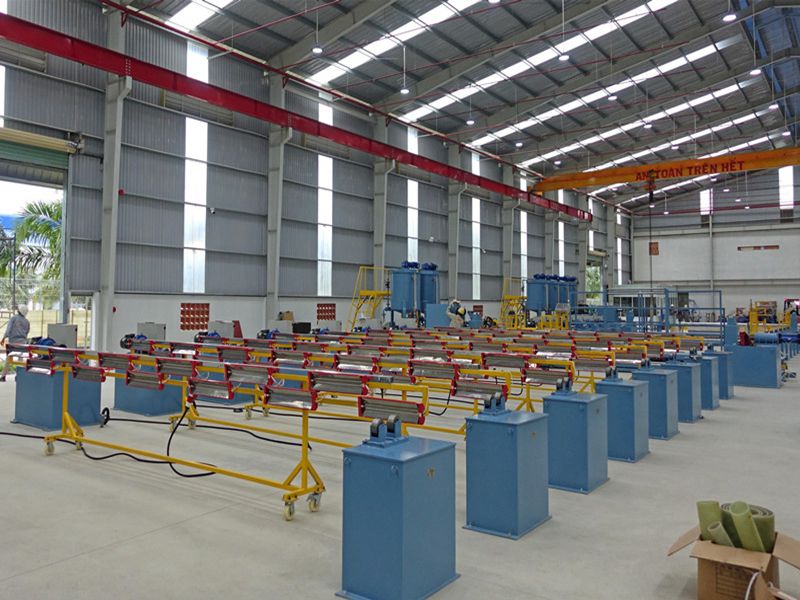
-
 Afrikaans
Afrikaans -
 Albanian
Albanian -
 Amharic
Amharic -
 Arabic
Arabic -
 Armenian
Armenian -
 Azerbaijani
Azerbaijani -
 Basque
Basque -
 Belarusian
Belarusian -
 Bengali
Bengali -
 Bosnian
Bosnian -
 Bulgarian
Bulgarian -
 Catalan
Catalan -
 Cebuano
Cebuano -
 China
China -
 China (Taiwan)
China (Taiwan) -
 Corsican
Corsican -
 Croatian
Croatian -
 Czech
Czech -
 Danish
Danish -
 Dutch
Dutch -
 English
English -
 Esperanto
Esperanto -
 Estonian
Estonian -
 Finnish
Finnish -
 French
French -
 Frisian
Frisian -
 Galician
Galician -
 Georgian
Georgian -
 German
German -
 Greek
Greek -
 Gujarati
Gujarati -
 Haitian Creole
Haitian Creole -
 hausa
hausa -
 hawaiian
hawaiian -
 Hebrew
Hebrew -
 Hindi
Hindi -
 Miao
Miao -
 Hungarian
Hungarian -
 Icelandic
Icelandic -
 igbo
igbo -
 Indonesian
Indonesian -
 irish
irish -
 Italian
Italian -
 Japanese
Japanese -
 Javanese
Javanese -
 Kannada
Kannada -
 kazakh
kazakh -
 Khmer
Khmer -
 Rwandese
Rwandese -
 Korean
Korean -
 Kurdish
Kurdish -
 Kyrgyz
Kyrgyz -
 Lao
Lao -
 Latin
Latin -
 Latvian
Latvian -
 Lithuanian
Lithuanian -
 Luxembourgish
Luxembourgish -
 Macedonian
Macedonian -
 Malgashi
Malgashi -
 Malay
Malay -
 Malayalam
Malayalam -
 Maltese
Maltese -
 Maori
Maori -
 Marathi
Marathi -
 Mongolian
Mongolian -
 Myanmar
Myanmar -
 Nepali
Nepali -
 Norwegian
Norwegian -
 Norwegian
Norwegian -
 Occitan
Occitan -
 Pashto
Pashto -
 Persian
Persian -
 Polish
Polish -
 Portuguese
Portuguese -
 Punjabi
Punjabi -
 Romanian
Romanian -
 Russian
Russian -
 Samoan
Samoan -
 Scottish Gaelic
Scottish Gaelic -
 Serbian
Serbian -
 Sesotho
Sesotho -
 Shona
Shona -
 Sindhi
Sindhi -
 Sinhala
Sinhala -
 Slovak
Slovak -
 Slovenian
Slovenian -
 Somali
Somali -
 Spanish
Spanish -
 Sundanese
Sundanese -
 Swahili
Swahili -
 Swedish
Swedish -
 Tagalog
Tagalog -
 Tajik
Tajik -
 Tamil
Tamil -
 Tatar
Tatar -
 Telugu
Telugu -
 Thai
Thai -
 Turkish
Turkish -
 Turkmen
Turkmen -
 Ukrainian
Ukrainian -
 Urdu
Urdu -
 Uighur
Uighur -
 Uzbek
Uzbek -
 Vietnamese
Vietnamese -
 Welsh
Welsh -
 Bantu
Bantu -
 Yiddish
Yiddish -
 Yoruba
Yoruba -
 Zulu
Zulu
Innovative Solutions for Strength and Durability in FRP Pipes and Fittings for Modern Applications
FRP Pipes and Fittings A Comprehensive Overview
Fiber Reinforced Plastic (FRP) pipes and fittings have emerged as a revolutionary solution in various industries, offering a superior alternative to traditional materials such as metal and concrete. The unique composition of FRP, combining plastic with reinforcing fibers (usually glass or carbon), provides significant advantages, particularly in strength, weight, and resistance to corrosion. This article aims to explore the features, benefits, applications, and considerations regarding FRP pipes and fittings.
Features of FRP Pipes and Fittings
FRP pipes are known for their lightweight properties, which significantly ease handling and installation. They are available in a variety of diameters and lengths, making them suitable for diverse applications. The internal surfaces of FRP pipes are typically smooth, leading to lower friction losses and improved flow characteristics. Furthermore, these pipes can be tailored to meet specific requirements, including varied chemical resistance, temperature tolerance, and pressure ratings.
The fittings associated with FRP pipes, such as elbows, tees, and flanges, are designed to maintain the integrity and performance of the entire piping system. They are crafted to ensure seamless connections, providing a reliable and leak-proof solution that enhances the overall efficiency of the system.
Benefits of Using FRP Pipes and Fittings
1. Corrosion Resistance One of the standout features of FRP is its exceptional resistance to a wide range of chemicals, making it an ideal choice for industries such as petrochemical, wastewater treatment, and mining. Unlike metal pipes that can corrode over time, FRP pipes maintain their integrity, reducing maintenance costs and downtime.
2. Lightweight The lightweight nature of FRP significantly reduces transportation and installation costs. Compared to metal pipes, FRP can be up to 75% lighter, allowing for easier handling and installation in challenging terrains.
3. Durability FRP materials boast a high strength-to-weight ratio, providing durability and longevity even under extreme environmental conditions. This resilience ensures that FRP pipes and fittings can withstand high pressure and temperature fluctuations without degrading.
frp pipes and fittings
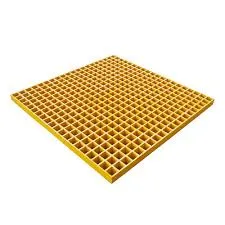
4. Cost-Effectiveness While the initial investment in FRP piping systems may be higher than traditional materials, the long-term savings derived from reduced maintenance, durability, and resistance to corrosion make FRP a cost-effective choice over time.
5. Flexibility in Design The manufacturing process of FRP allows for customization, leading to innovative design possibilities. This flexibility can cater to specific project needs, ensuring that the system performs optimally.
Applications of FRP Pipes and Fittings
The applications for FRP pipes and fittings are vast and varied. They are widely used in industries such as
- Chemical Processing Their resistance to corrosive substances makes them ideal for transporting chemicals and other hazardous materials. - Water Treatment FRP pipes are utilized in water distribution systems, filtration plants, and sewage treatment facilities due to their durability and non-reactive properties. - Oil and Gas The oil and gas industry benefits from FRP’s ability to handle certain chemicals and extreme temperatures. - Construction In civil engineering, FRP is also employed in drainage systems, cooling water systems, and firewater systems due to its robustness.
Considerations and Conclusion
While FRP pipes and fittings offer exceptional advantages, certain considerations must be addressed. Factors such as installation techniques, cost variations, and compatibility with existing materials should be evaluated before implementation. Proper training for installation teams and adherence to industry standards are crucial for ensuring optimal performance.
In conclusion, FRP pipes and fittings represent a significant advancement in piping technology, providing solutions that meet the rigorous demands of modern industries. Their combination of strength, lightweight, and corrosion resistance makes them an attractive option for engineers and project managers seeking efficient, durable, and economical piping solutions. As industries continue to evolve, the adoption of FRP materials is likely to grow, solidifying their position in the piping landscape.



